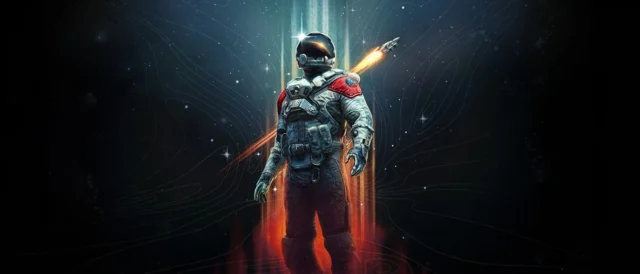
Nvidia’s Jen-Hsun Huang wrapped up the keynote at Nvidia’s GTC Europe 2017 occasion yesterday, having surreptitiously displayed their subsequent next-generation graphics cores. The star of the present this time round is the Drive PX Pegasus, a stage 5 autonomous driving laptop that calls for extra computational energy than even the soon-to-be-released Volta GPUs can supply.
The finest graphics card calls for the best gaming monitor.
Nvidia are world leaders in AI, and their Drive PX platform particularly targets the leading edge in self-driving automobiles. At the highest of the Drive PX stack would be the new Pegasus, an AI laptop powered by two unannounced GPUs, our first have a look at the successor to the at the moment unreleased Volta. These next-generation GPUs are able to driving automated automobiles which might be as adept on the roads as their mushy human overlords.
The fundamental purpose of the Drive PX Pegasus is to permit stage 5 autonomy to change into a actuality, and Nvidia have already got a variety of help from firms seeking to embody the Pegasus of their designs – from autonomous taxis to cumbersome self-driving lorries.
Vehicular autonomy is measured in 5 ranges. Levels zero via 4 nonetheless require some type of human management alongside the journey, with stage 5 providing full management over the car underneath all circumstances during which a human would normally have management.

To attain the lofty heights of stage 5, the Pegasus must be able to over 320 trillion operations per second, and hit upwards of 500W TDP. The Pegasus requires some severe computational energy to take care of all of the environmental stimuli it receives from onboard sensors, together with as much as 16 cameras, to maintain the car and its passengers secure.
This tech is supposedly ten occasions quicker than its predecessor, the Pascal-powered Drive PX 2, and that may very well be excellent news for avid gamers… ultimately. Nvidia are dominating the AI market, nearly unanimously touted because the world chief in future growth of AI and machine studying, and alongside Nvidia’s shopper graphics dominance for the time being. This might result in Nvidia sidelining their gaming market, delivering solely ‘good enough’ graphics efficiency enhancements generation-on-generation whereas they give attention to AI, as a result of the competitors merely isn’t forcing the problem.

So whereas avid gamers wait round for Nvidia to get round to launching their Volta-based graphics playing cards, they’re already planning the discharge of their next-generation GPUs, with dev kits of the Pegasus arriving in mid-2018. While this ‘launch’ appears awfully shut, it’s unlikely that any automobiles constructed with the Pegasus will likely be on the highway anytime quickly, probably not even for years to come back.
With a possible for launch across the center of 2018, the Drive PX Pegasus, and next-generation GPUs inside it, affirm Nvidia are persevering with to push AI and autonomous driving purposes above and past the present era shopper graphics playing cards by at the very least just a few years. It might not be till this time subsequent 12 months that we’ve got even the slightest concept relating to the next-generation graphics discovered within the Pegasus, and at this price, we might have solely simply bought our arms on Volta-based graphics cards anyhow.
Source


